Nithurst Farm shortlisted for RIBA House of the Year 2019
Referencing 18th century architecture, the surrounding natural scenery of the South Downs National Park in Sussex, and the work of Russian filmmaker Tarkovsky, this is architect Adam Richards' dream family home

Nestled in the rolling hills of the South Downs National Park in Sussex, Nithurst Farm appears almost as something out of a fairy tale. It's not just the - undeniably - dreamy natural scenery that inspires such feelings. The new-build house, designed by architect Adam Richards as his family home, is far removed from your usual country cottage - feeling unusual, yet oddly familiar, invoking images of castle turrets and romanesque cathedrals.
Its inception was fittingly romantic and bursting with heady cultural references. ‘There is an 18th century tower nearby, built as an architectural folly, which can be seen from the top windows of the house, so we make reference to this', says Richards. ‘In terms of context, the woods around represent the world of chaos, while my house’s south elevation presents an image of order’. Further references, he explains, range from the formal architecture of Blenheim Palace architect Sir John Vanbrugh, to Paul Nash's ‘Mansions of the Dead' (the house's south facade hints strongly to the formal arrangements in the painting) and the Russian filmmaker Andrei Tarkovsky.
Created in structural concrete with a thick brick skin and a black zinc roof, the structure is a stepped volume with distinct arched windows that add drama and a sense of motion to the design. This outline also echoes the hills around the building, making it fit just right into its soft, leafy surrounds.
Inside, an unexpectedly modest side door (which in fact is the main entrance into the house) opens up to lofty ceilings that create a cathedral-like feel in the main living areas. ‘I like the idea of this compression and then release into the open plan space', says Richards.
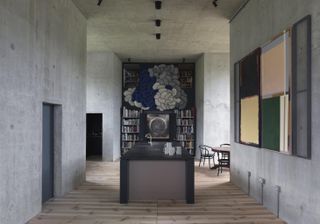
‘Part of the thinking behind this house is built around the idea of a journey in Tarkovsky's film Stalker,' he continues, ‘which is about the journey the characters take to enter a forbidden zone. And somewhere there is this special room, where all their wishes might come true. Just before it is an antechamber with tall concrete walls, and our main space is based on that antechamber. The film’s special room is about coming into harmony with the world - and in a way, building your own house is a version of that, so I thought why not make that the key thing?’
This comprises a flowing, mostly open plan ground level that unites a family room, kitchen, two separate dining areas, a study and a children’s playroom tucked away on one side. Everywhere around are raw concrete walls, softened by a timber floor and warm furnishings. A certain sleekness is cleverly maintained by hiding auxiliary spaces, like the pantry, behind sliding doors. Richards explains: ‘The antechamber is also a bit like a church and at one end you'd have the access to heaven. So here we have the Bouroullec Clouds, which represent that in the space. The modular elements' arrangement here are in turn based on the sky in a Tiepolo painting.’
The bedrooms (including a generous master suite with his-and-hers bedrooms and bathrooms, two children’s rooms and three guest suites) are stacked in the tall end of the house, over a more formal living room. The latter is richly decorated with artwork and curiosities collected by the family. Large openings look out towards the gardens and woods beyond, effortlessly bringing the outside in and framing picture-perfect vistas. A few quirkily angled staircases up and you reach the bedrooms - the master is at the very top, enjoying a stunning view of the fields and treetops.
Even though the family had only recently moved into the house when this visit took place, it feels pleasantly lived in, full of life and the stuff that fills it. And the work is not quite fully done yet. There are plans to convert a couple of outbuildings in the property into a studio and event space, to work, entertain guests in and potentially use for exhibitions or artists' residences. There is a new chapter to this fairy tale coming soon.
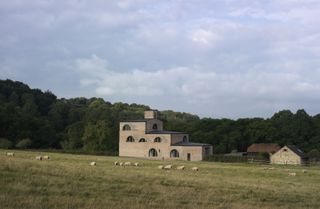
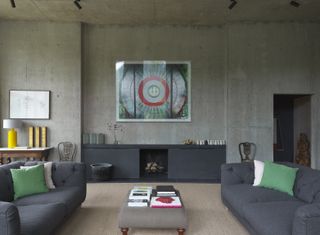
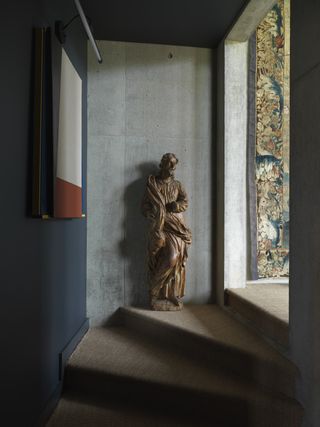
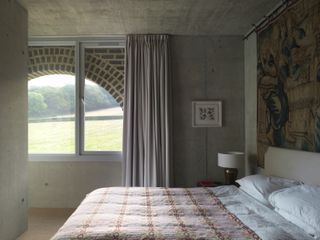
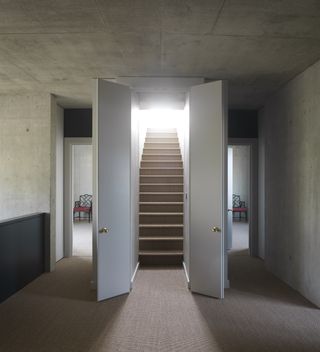
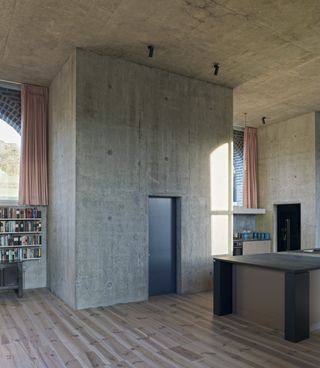
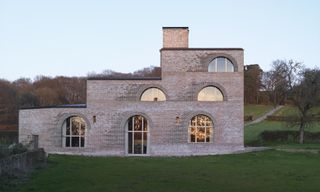
INFORMATION
Wallpaper* Newsletter
Receive our daily digest of inspiration, escapism and design stories from around the world direct to your inbox.
Ellie Stathaki is the Architecture & Environment Director at Wallpaper*. She trained as an architect at the Aristotle University of Thessaloniki in Greece and studied architectural history at the Bartlett in London. Now an established journalist, she has been a member of the Wallpaper* team since 2006, visiting buildings across the globe and interviewing leading architects such as Tadao Ando and Rem Koolhaas. Ellie has also taken part in judging panels, moderated events, curated shows and contributed in books, such as The Contemporary House (Thames & Hudson, 2018), Glenn Sestig Architecture Diary (2020) and House London (2022).
-
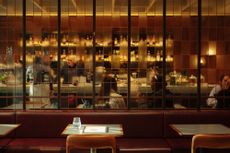 Fluid workspaces: is the era of prescriptive office design over?
Fluid workspaces: is the era of prescriptive office design over?We discuss evolving workspaces and track the shape-shifting interiors of the 21st century. If options are what we’re after in office design, it looks like we’ve got them
By Ellie Stathaki Published
-
 This collection of slow furniture is a powerful ode to time
This collection of slow furniture is a powerful ode to timeA serene exhibition of David Dolcini's 'Time-made' collection has fast-tracked its place into our hearts and homes
By Ifeoluwa Adedeji Published
-
 Is the Pragma P1 the most sustainable watch yet?
Is the Pragma P1 the most sustainable watch yet?Geneva-based brand Pragma combines industrial design with real sustainable credentials
By Hannah Silver Published
-
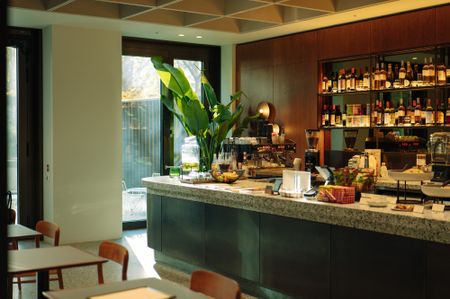 Are Derwent London's new lounges the future of workspace?
Are Derwent London's new lounges the future of workspace?Property developer Derwent London’s new lounges – created for tenants of its offices – work harder to promote community and connection for their users
By Emily Wright Published
-
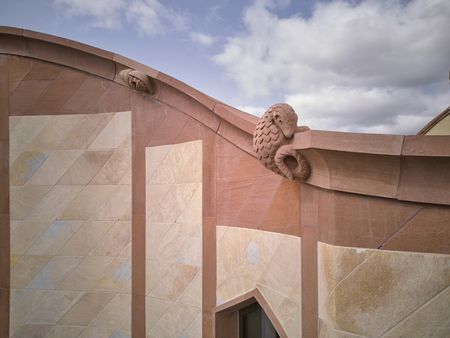 Showing off its gargoyles and curves, The Gradel Quadrangles opens in Oxford
Showing off its gargoyles and curves, The Gradel Quadrangles opens in OxfordThe Gradel Quadrangles, designed by David Kohn Architects, brings a touch of playfulness to Oxford through a modern interpretation of historical architecture
By Shawn Adams Published
-
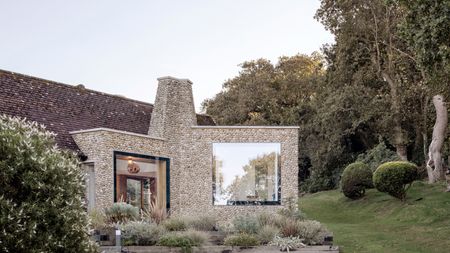 A Norfolk bungalow has been transformed through a deft sculptural remodelling
A Norfolk bungalow has been transformed through a deft sculptural remodellingNorth Sea East Wood is the radical overhaul of a Norfolk bungalow, designed to open up the property to sea and garden views
By Jonathan Bell Published
-
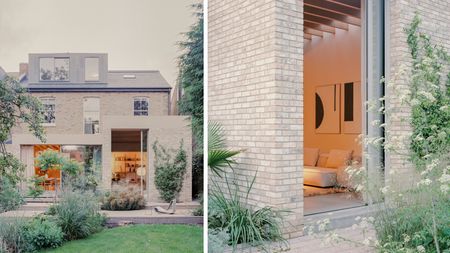 A new concrete extension opens up this Stoke Newington house to its garden
A new concrete extension opens up this Stoke Newington house to its gardenArchitects Bindloss Dawes' concrete extension has brought a considered material palette to this elegant Victorian family house
By Jonathan Bell Published
-
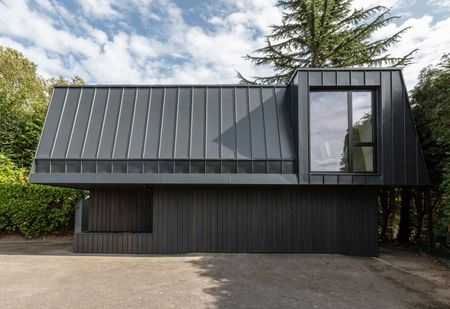 A former garage is transformed into a compact but multifunctional space
A former garage is transformed into a compact but multifunctional spaceA multifunctional, compact house by Francesco Pierazzi is created through a unique spatial arrangement in the heart of the Surrey countryside
By Jonathan Bell Published
-
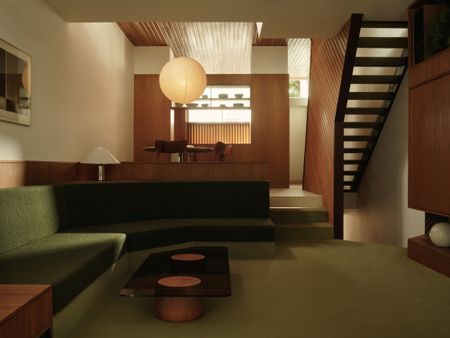 A 1960s North London townhouse deftly makes the transition to the 21st Century
A 1960s North London townhouse deftly makes the transition to the 21st CenturyThanks to a sensitive redesign by Studio Hagen Hall, this midcentury gem in Hampstead is now a sustainable powerhouse.
By Ellie Stathaki Published
-
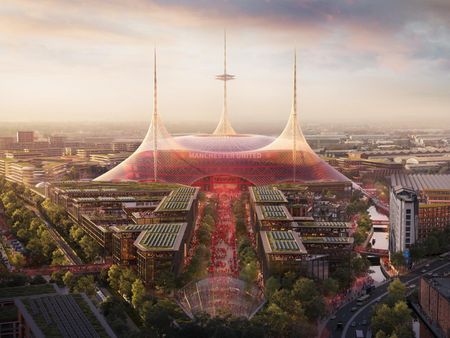 Manchester United and Foster + Partners to build a new stadium: ‘Arguably the largest public space in the world’
Manchester United and Foster + Partners to build a new stadium: ‘Arguably the largest public space in the world’The football club will spend £2 billion on the ambitious project, which co-owner Sir Jim Ratcliffe has described as the ‘world's greatest football stadium’
By Anna Solomon Published
-
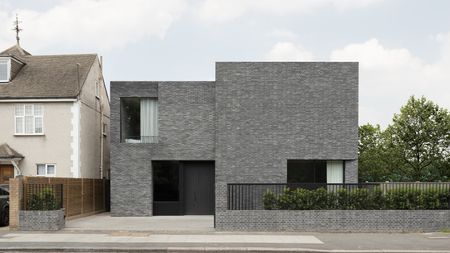 'Bold and unapologetic', this contemporary Wimbledon home replaces a 1970s house on site
'Bold and unapologetic', this contemporary Wimbledon home replaces a 1970s house on siteThis grey-brick Wimbledon home by McLaren Excell is a pairing of brick and concrete, designed to be mysterious
By Tianna Williams Published